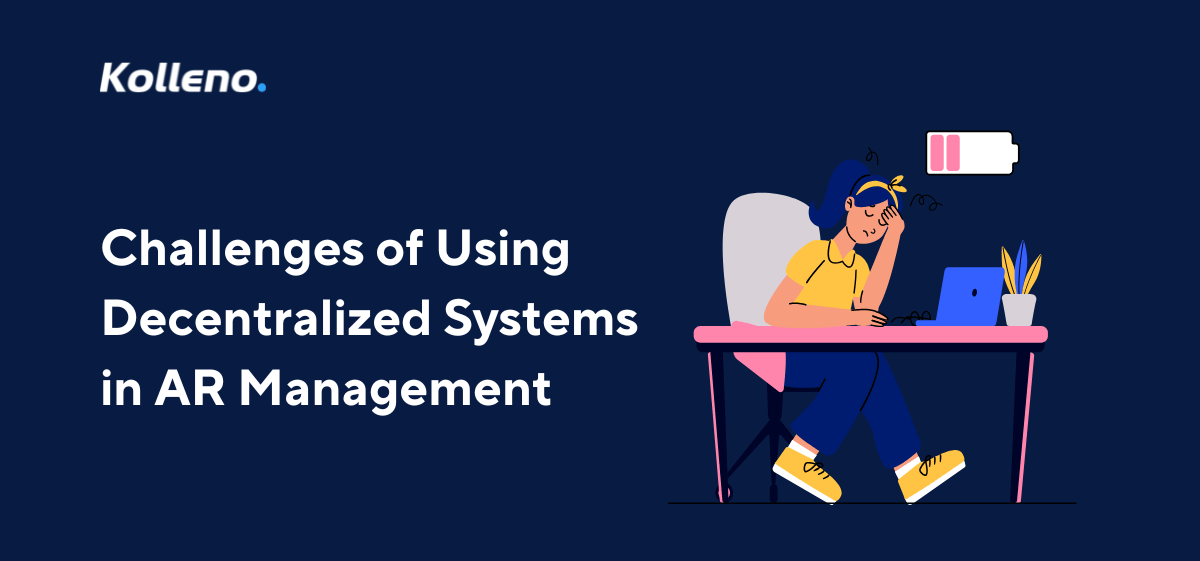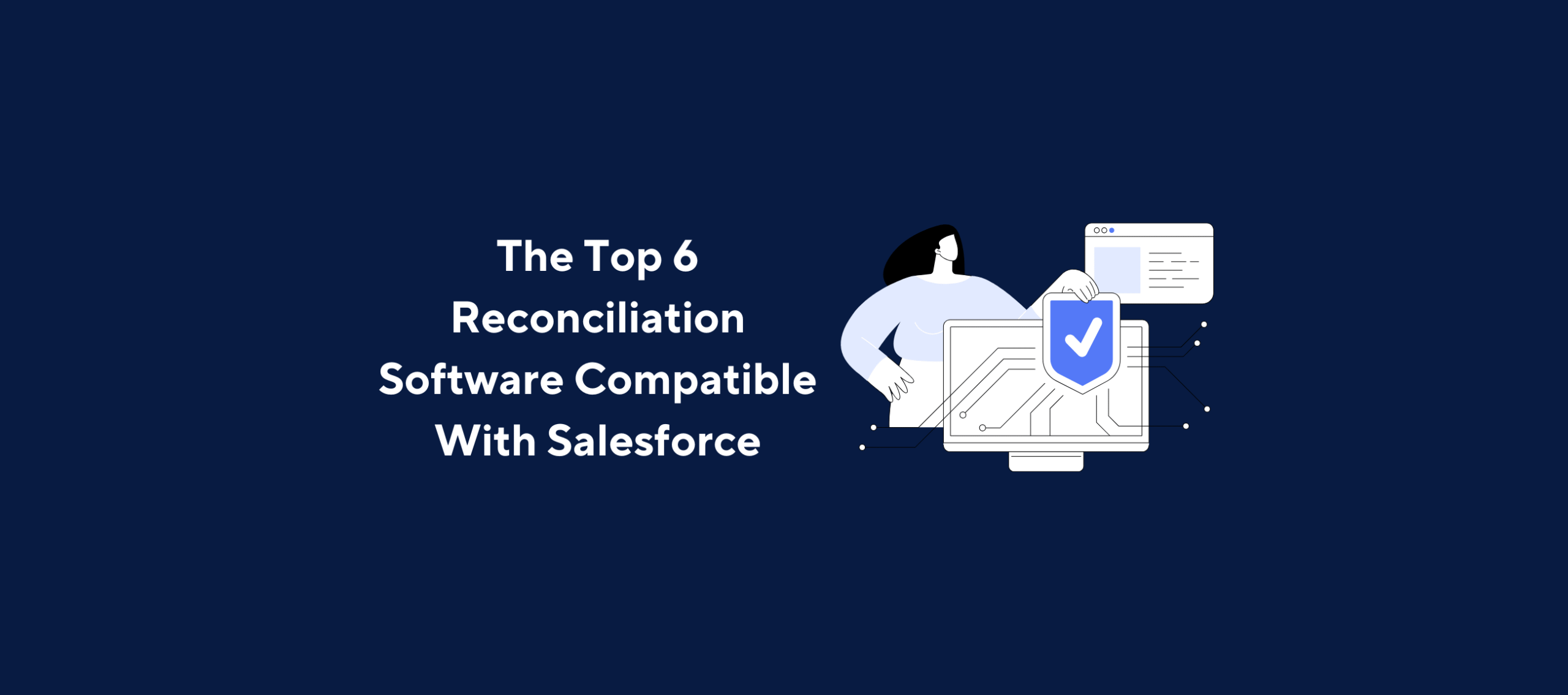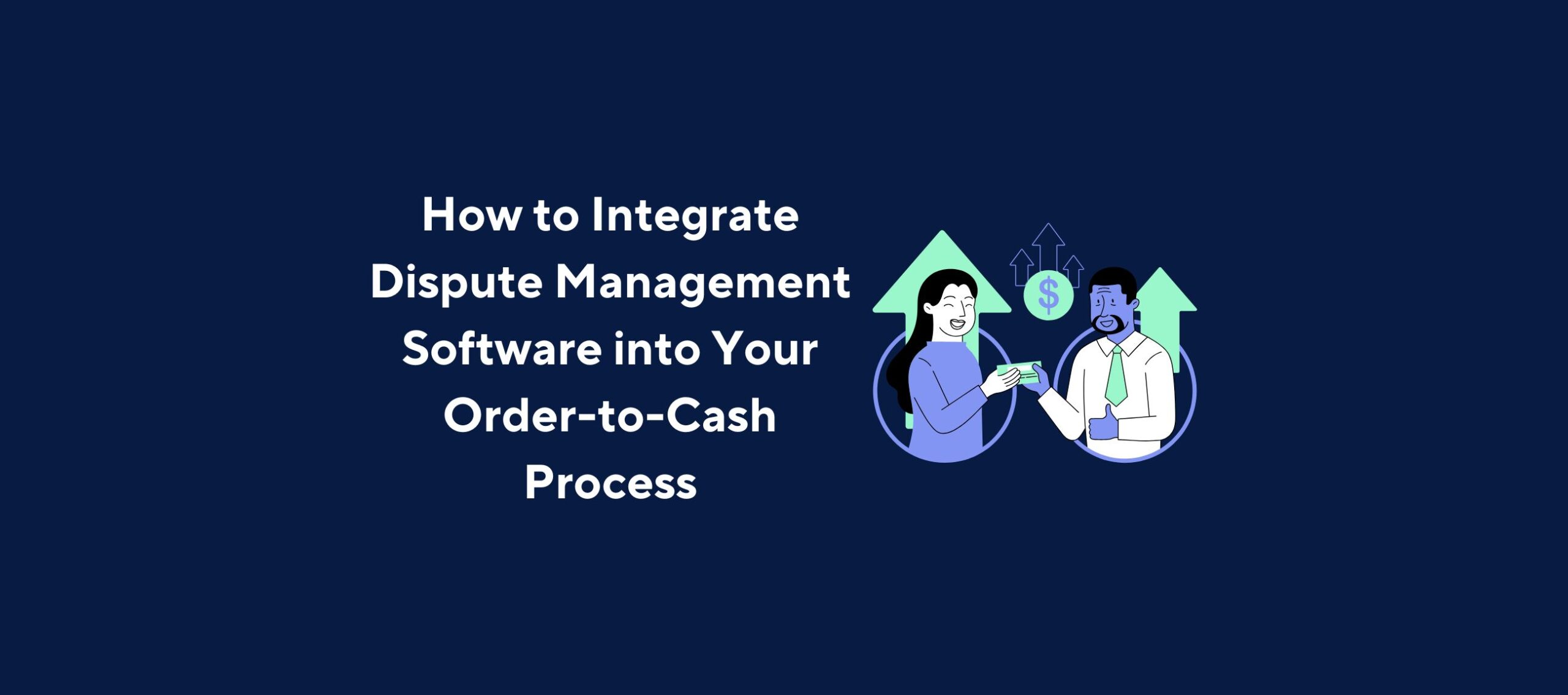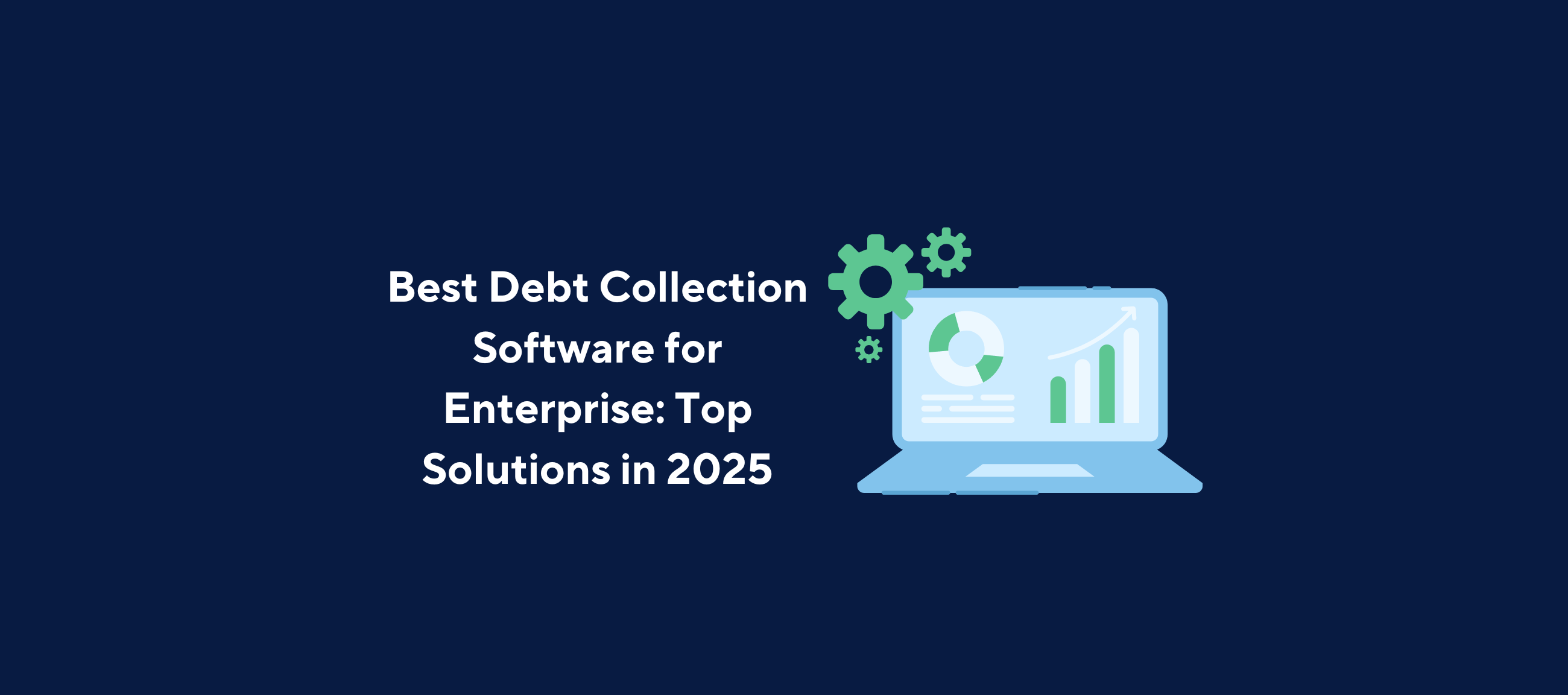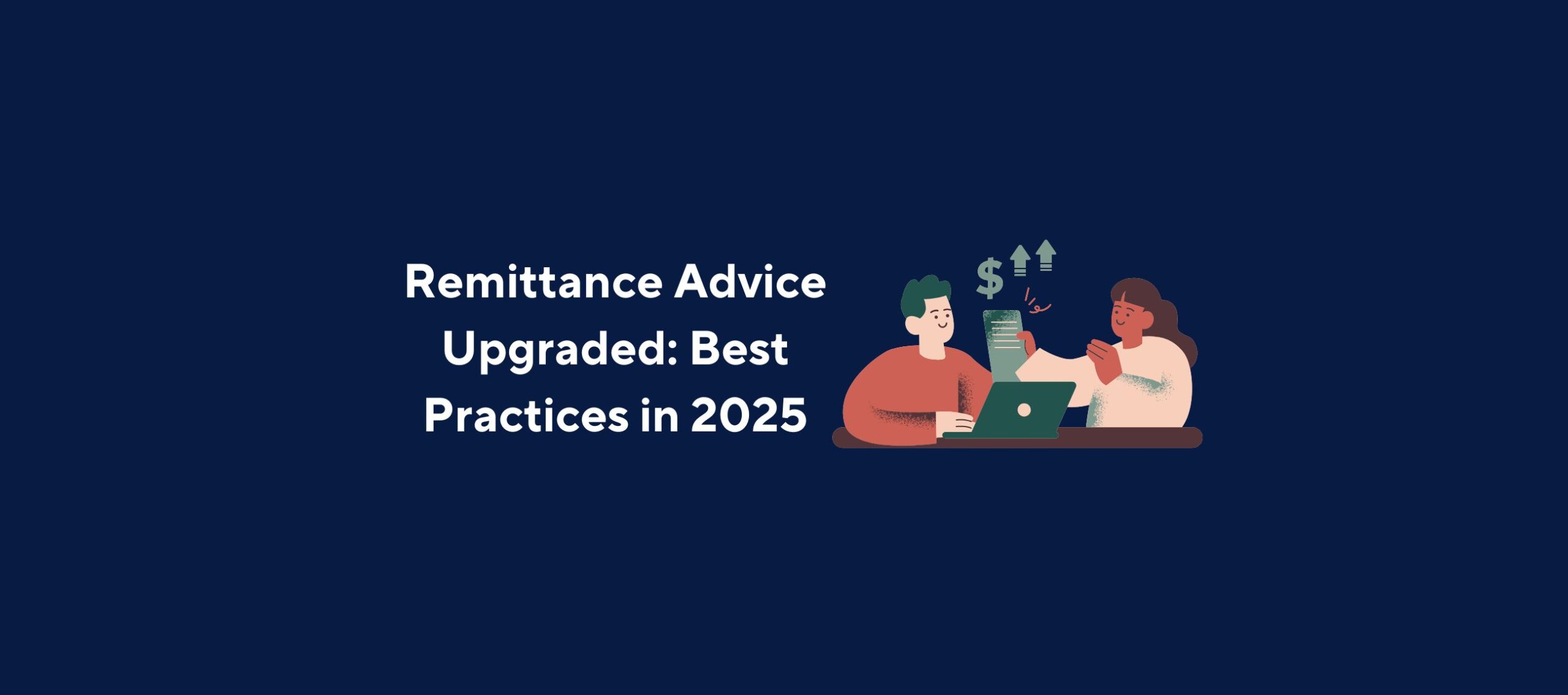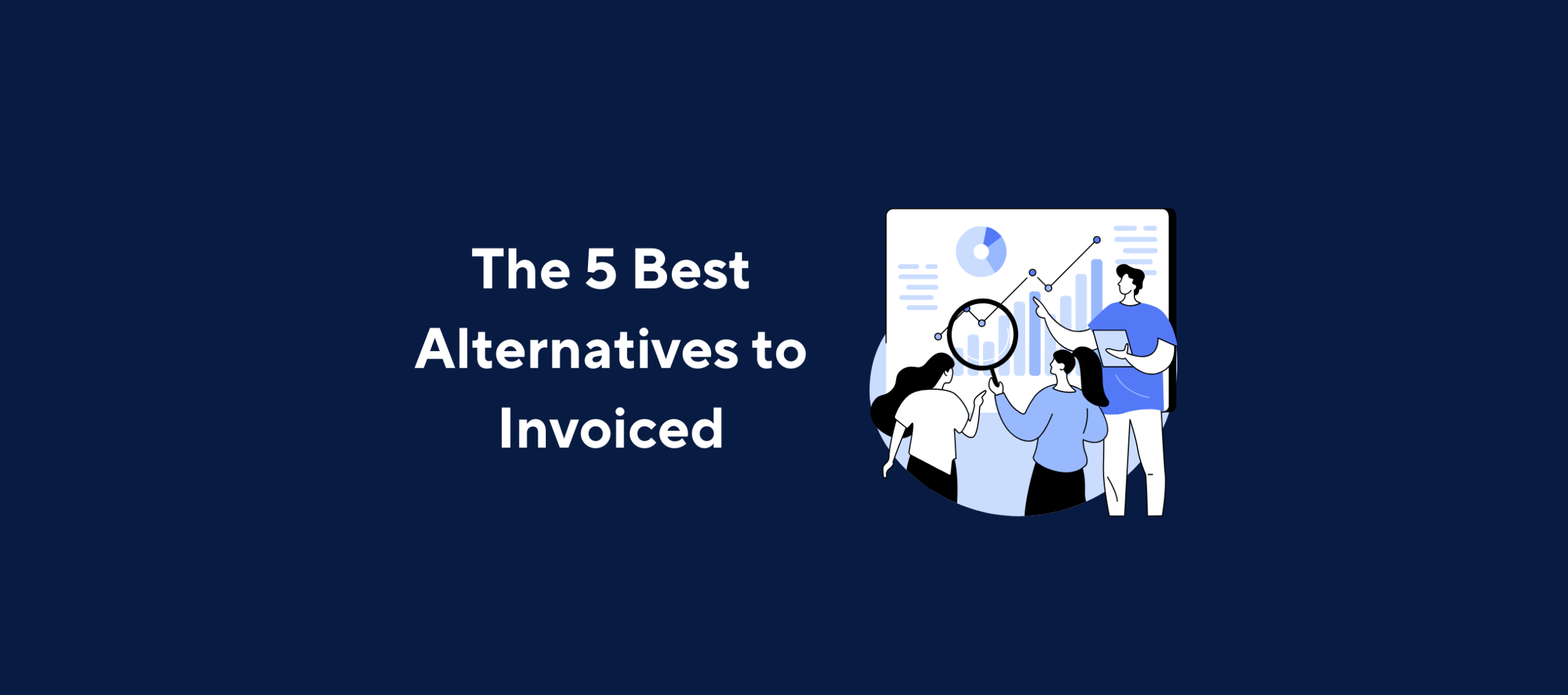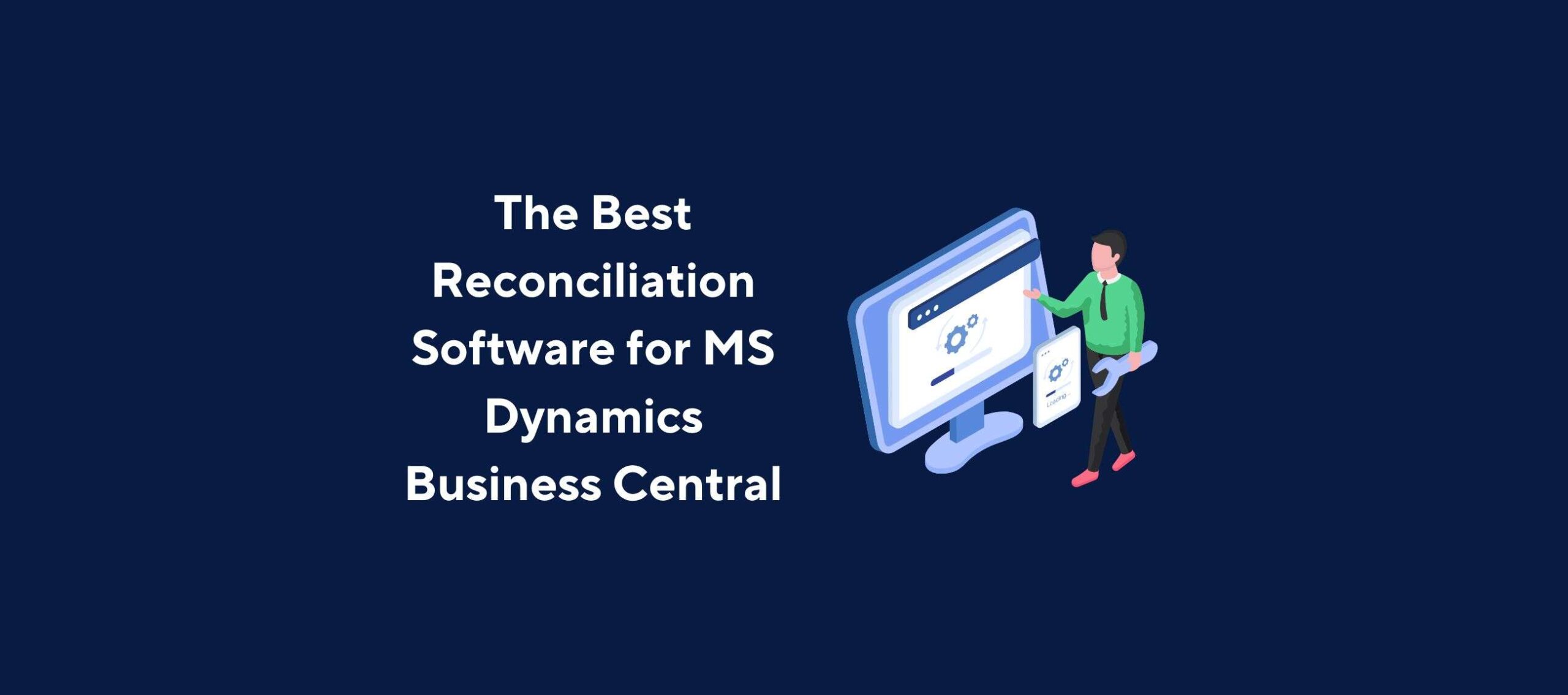Many companies use different systems for accounts receivable management, such as Outlook, Excel, and different accounting software, such as NetSuite. However, using multiple tools to manage your accounts receivable becomes a problem when the volume of invoices really starts to grow. Even though each system you are using can be innovative on its own, if the tools don’t speak to each other, the management of accounts receivable becomes chaotic and decentralized, always leading to a high number of overdue invoices not being chased effectively.
In this blog, we will explore the difficulties of using multiple tools in accounts receivable management and how you can centralize it all together.
In This Article
- Challenge #1: Lack of Integration
- Challenge #2: Security Concerns
- Challenge #3: Scalability Issues
- Challenge #4: Compliance and Reporting
- Hidden Costs of Decentralized Accounts Receivable Management
- How to Unify Accounts Receivable Management
1. Challenge: Lack of Integration
Let’s start with the most obvious challenge: the lack of integration between the tools commonly used by credit controllers for accounts receivable management. These tools, such as Outlook for communication and Excel for data management, are not inherently designed to work together seamlessly. This lack of integration can hinder workflow efficiency, requiring manual data entry and reconciliation. For example, DNA Payments, which uses NetSuite, struggled to use multiple tools, including Outlook, NetSuite and Excel, to manage their accounts receivable efficiently before implementing Kolleno due to the collection processes being very manual and decentralized as a result of the lack of integration.
Consequences:
- Manual Processes: Without proper integration, your team is forced to manually transfer data between different systems. This not only increases the workload but also elevates the risk of human errors, which can have significant repercussions.
- Workflow Disruptions: The absence of integration can cause significant workflow disruptions. Information needs to be manually reconciled and updated across various platforms, slowing down operations and reducing overall efficiency.
- Delayed Responses: Integration issues often lead to delays in responding to customer inquiries. Data must be gathered and verified from disparate sources, causing bottlenecks and inefficiencies.
- High Operational Costs: Managing multiple systems without integration consumes more time and resources. This inefficiency translates into higher operational costs, diverting valuable resources from critical business activities.
2. Challenge: Security Concerns
Another major challenge is the security risk posed by using multiple decentralized systems to handle sensitive financial information. Ensuring robust security measures across all these tools is particularly challenging for small to medium-sized enterprises (SMEs) with limited IT resources.
Consequences:
- Data Vulnerability: Multiple systems mean multiple points of vulnerability, increasing the risk of data breaches and cyberattacks.
- Compliance Risks: Maintaining compliance with data protection regulations becomes more complex with decentralized systems, increasing the risk of legal penalties due to non-compliance.
- Trust Issues: Security breaches can significantly erode customer trust and damage your business’s reputation, potentially leading to a loss of clients and revenue.
- Costly Mitigations: Addressing security breaches is often costly and time-consuming, involving legal fees, compensation for affected customers, and comprehensive system overhauls.
3. Challenge: Scalability Issues
As your business grows, so does the complexity of your accounts receivable processes. Decentralized systems like spreadsheets and email clients often lack the scalability needed to handle increasing transaction volumes efficiently.
Consequences:
- Operational Bottlenecks: Scalability issues can create bottlenecks in your operations, slowing down processes and reducing efficiency. This slowdown can affect everything from invoice processing to payment tracking.
- Inconsistent Performance: Decentralized systems, such as standalone spreadsheets or email-based workflows, may not handle high transaction volumes effectively. This can lead to frequent system slowdowns, crashes, and an increase in errors. Such performance inconsistency can disrupt day-to-day operations and lead to data loss or corruption.
- Resource Strain: As your business expands, managing decentralized systems becomes increasingly resource-intensive. More personnel and time are required to handle the growing volume of transactions, leading to higher operational costs. This strain diverts resources and attention away from core business activities that drive growth and innovation.
- Customer Dissatisfaction: Delays in processing invoices and payments can frustrate customers, potentially leading to disputes and a loss of trust. Over time, this dissatisfaction can result in lost business and damage to your brand reputation.
4. Challenge: Compliance and Reporting
Maintaining compliance with financial regulations and generating accurate reports is a daunting task with decentralized systems in accounts receivable management. Ensuring consistent and accurate data across multiple platforms is difficult, leading to potential compliance issues.
Consequences:
- Regulatory Fines: Inaccurate or inconsistent data can lead to non-compliance with financial regulations, resulting in hefty fines.
- Inaccurate Reporting: Decentralized systems complicate the generation of accurate financial reports. Discrepancies in data collected from various sources can lead to incorrect financial statements, which misinform strategic business decisions. This misinformation will affect everything from budget planning to investment strategies, ultimately hampering business growth.
- Audit Challenges: Preparing for audits is more challenging with fragmented data, increasing the time and effort required to ensure compliance.
- Reputation Damage: Non-compliance and inaccurate reporting can significantly damage your business’s reputation. Stakeholders, including customers, investors, and regulators, may lose trust in your company’s ability to manage its financial affairs responsibly.
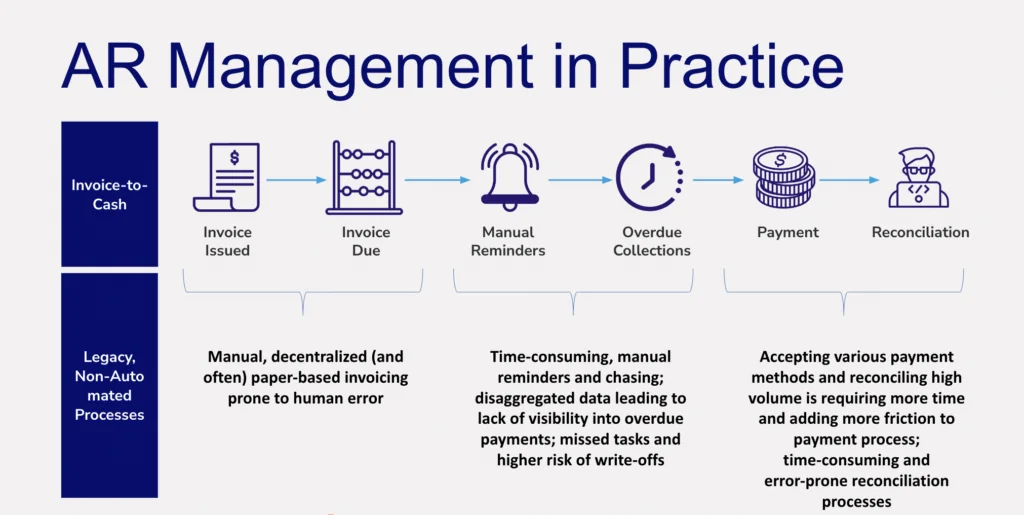
Hidden Costs of Decentralized Accounts Receivable Management
Beyond the immediate operational challenges, there are several hidden costs associated with using decentralized tools for accounts receivable management. These hidden costs are not always immediately apparent but can accumulate over time, leading to substantial financial and operational drawbacks.
A) Cost of Higher DSO (Days Sales Outstanding)
Inefficiencies and delays in managing accounts receivable can significantly increase your DSO, extending the time it takes to collect payments from customers. This prolonged collection period can strain cash flow, reducing the liquidity available to cover operational expenses and invest in growth opportunities. Consequently, financial stability is undermined, as the extended time to collect payments makes it challenging to meet financial obligations, such as paying suppliers, employees, and creditors, leading to a cycle of financial stress and potential solvency issues.
B) Cost of High Turnover of Credit Controllers
Without a centralized system, monitoring and managing overdue invoices effectively becomes a daunting task. This inefficiency leads to increased stress and frustration among credit controllers, resulting in high job dissatisfaction. Consequently, companies often struggle with staff retention, as credit controllers frequently leave for roles that offer better support and more streamlined processes. High turnover rates not only incur significant costs in recruiting, hiring, and training new employees but also disrupt workflow continuity and reduce overall efficiency. Moreover, the constant change in personnel can lead to inconsistencies in customer interactions and credit management practices, further exacerbating the challenges in maintaining an effective accounts receivable process.
C) Opportunity Cost
Managing accounts receivable through multiple disjointed systems consumes valuable time and resources, leading to a significant opportunity cost. This inefficiency prevents your team from focusing on strategic initiatives like business development, customer acquisition, and innovation. Instead, they are overwhelmed by repetitive administrative tasks, causing missed growth opportunities and competitive advantages. While competitors innovate and expand, your team is stuck reconciling spreadsheets and chasing overdue invoices, resulting in lost revenue potential. Moreover, the inability to respond quickly to market changes hampers agility, leading to slower product development and weaker market positions.
How to Unify Accounts Receivable Management
To overcome these challenges, businesses should consider investing in integrated accounts receivable solutions, such as Kolleno. Such centralized systems reduce errors, save time, enhance security, and ensure compliance, ultimately leading to improved financial health and operational performance. By unifying accounts receivable management processes under one robust platform, teams can focus on higher-value activities and let the platform take care of all the manual tasks.
Conclusion
In conclusion, using multiple tools in accounts receivable management presents a significant array of challenges that can hinder business efficiency, accuracy, and security. The lack of integration between various tools can lead to increased manual processes, workflow disruptions, and higher operational costs. Security concerns are amplified when multiple systems are used, increasing the risk of data breaches and compliance issues. Scalability becomes a daunting task as businesses grow, leading to operational bottlenecks and customer dissatisfaction. Furthermore, compliance and reporting become more complicated, increasing the risk of regulatory fines and inaccurate financial reporting.
To address these challenges, businesses should consider adopting integrated accounts receivable solutions like Kolleno. Investing in a centralized solution is not just a strategic move for immediate improvements but a long-term investment in the stability and growth of the business. By doing so, businesses can minimize hidden costs, enhance customer satisfaction, and maintain a competitive edge in the market.
About Kolleno
Kolleno is the highest-rated accounts receivable software on the G2, loved by companies like 1Password, Dealer-FX, and Marshmallow and trusted by partners, such as Tipalti, GoCardless, and Adyen. Learn more about Kolleno by exploring our product tour.

